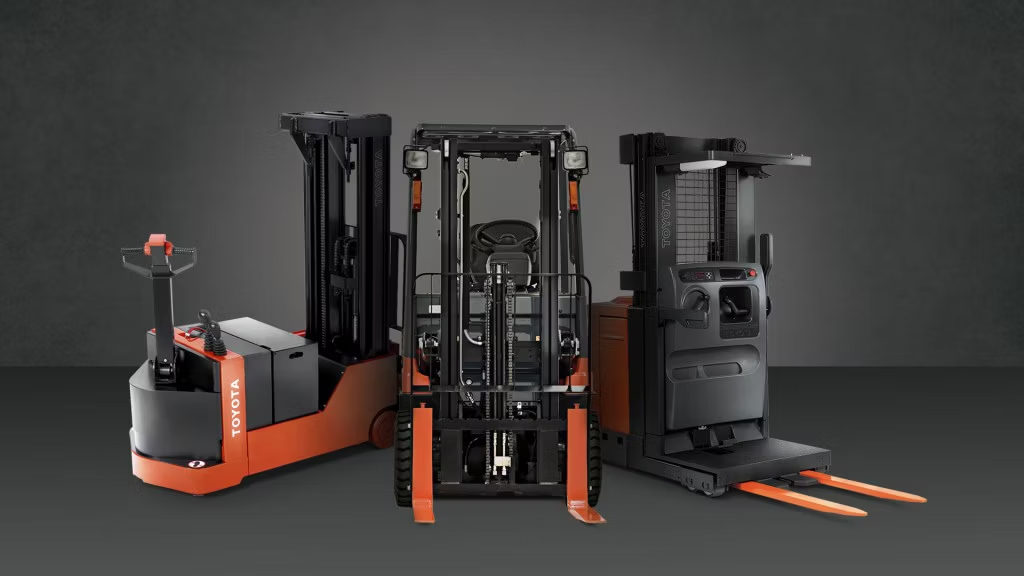
Investing in a forklift is a significant decision that can greatly impact your business operations. With numerous options available, it’s essential to make an informed choice to ensure you select the best forklift for your needs. This comprehensive guide will walk you through the key factors to consider when buying a forklift, helping you make the right decision.
Assess Your Needs
The first step in buying a forklift is to evaluate your specific needs. Consider the tasks the forklift will perform, the types of loads it will handle, and the environment in which it will operate. For instance, if you need a forklift for indoor use in a warehouse, an electric forklift might be the best choice due to its low noise levels and zero emissions. Conversely, for outdoor use in rough terrain, a diesel or propane forklift might be more suitable.
Determine the Required Capacity
Forklifts come in various capacities, so it’s crucial to choose one that can handle your heaviest loads. Overloading a forklift can lead to accidents and equipment damage. Consider the maximum weight of the loads you will be lifting and ensure the forklift’s rated capacity meets or exceeds this requirement. For example, if your heaviest load is 4,000 pounds, opting for a forklift with a capacity of at least 5,000 pounds provides a safety margin.
Consider Lift Height and Reach
The lift height and reach of a forklift are important factors, especially if you need to store goods on high shelves. Ensure the forklift can reach the highest point in your storage area. If your warehouse has high racking systems, a reach truck or an order picker might be necessary. For instance, a forklift with a 20-foot lift height can efficiently manage tasks in a multi-tiered warehouse.
Evaluate Fuel Options
Forklifts can be powered by electricity, diesel, gasoline, or propane. Each fuel type has its pros and cons. Electric forklifts are environmentally friendly, quiet, and ideal for indoor use, but they require charging infrastructure. Diesel and propane forklifts are powerful and suitable for outdoor use, but they produce emissions. Consider the operational environment and fuel availability when making your choice. For example, if your warehouse has a charging station, an electric forklift could be the most convenient and cost-effective option.
Examine Ergonomics and Safety Features
Operator comfort and safety are critical for efficient forklift operation. Look for forklifts with ergonomic designs, such as adjustable seats, easy-to-use controls, and good visibility. Safety features like stability control, load indicators, and advanced braking systems can prevent accidents and enhance productivity. For instance, a forklift with a rearview camera and automated braking can significantly reduce the risk of collisions in a busy warehouse.
New vs. Used Forklifts
Deciding whether to buy a new or used forklift depends on your budget and operational needs. New forklifts come with the latest technology, warranties, and longer life spans but are more expensive. Used forklifts can be a cost-effective option if they are well-maintained and suitable for your tasks. For example, a small business on a tight budget might opt for a reliable used forklift to meet its needs without the high upfront cost.
Maintenance and Support
Consider the availability of maintenance services and parts for the forklift brand you choose. Regular maintenance is essential to keep the forklift in optimal working condition and extend its lifespan. Choosing a brand with a strong support network can ensure quick access to repairs and parts, minimizing downtime. For example, a well-known brand like Toyota or Hyster often has extensive service networks and readily available parts.
Total Cost of Ownership
While the initial purchase price is important, consider the total cost of ownership, including maintenance, fuel, and operational costs. Electric forklifts may have higher upfront costs but lower long-term operating expenses compared to diesel or propane forklifts. Calculate these costs over the forklift’s expected lifespan to make an informed financial decision. For instance, an electric forklift might save money in the long run due to lower fuel and maintenance costs, despite its higher purchase price.
Test Before You Buy
If possible, test different forklift models to see how they perform in your operational environment. Testing can provide valuable insights into the forklift’s maneuverability, ease of use, and suitability for your tasks. For instance, trying out a narrow aisle forklift in your warehouse can help you determine if it navigates tight spaces efficiently and meets your operational needs.
Buying a forklift involves careful consideration of your specific needs, load capacity, lift height, fuel options, ergonomics, safety features, and total cost of ownership. By evaluating these factors and testing potential models, you can make an informed decision that enhances your business operations and ensures efficient and safe material handling.

December 18,2024


December 15,2024

December 15,2024

December 14,2024

The largest network of forklift dealers in the US and Canada is at your fingertips. Get the best pricing nationwide now on renting or buying a forklift
Get the lowest prices from our forklift dealers near you.